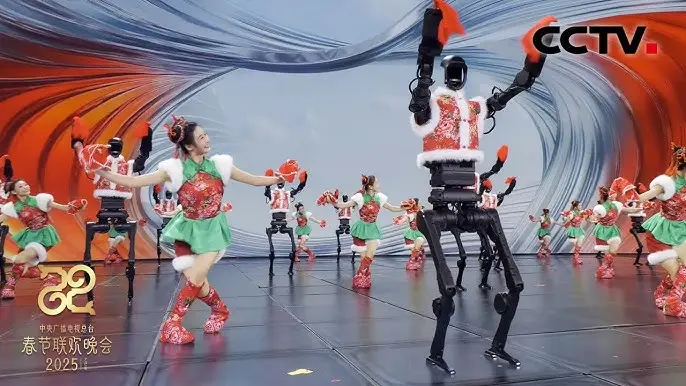The evolution of 5-axis CNC machining: revolutionary precision parts manufacturing
With the continuous development of technology, the demand for precise parts manufacturing has increased significantly, requiring a more efficient and high-quality production process. This is where 5-axis CNC machining has a significant impact, providing improved accuracy, speed and flexibility during the manufacturing process. In this article, we will explore the evolution of 5-axis CNC machining, its benefits and how it revolutionized precision parts manufacturing.
The rise of 5-axis CNC machining
Traditional CNC machining has its limitations, mainly due to its 3D functionality, which can lead to complex operations and reduce accuracy. The introduction of 5-axis CNC machining bridges this gap by adding two axes, thus enabling increased accuracy and faster productivity of complex 3D geometry processing.
Advantages of 5-axis CNC machining
- Improve accuracy: With additional shafts, 5-axis CNC machining provides greater control over the cutting tool, reducing errors and improving accuracy.
- Faster production: The added versatility and control capability of 5-axis CNC machining makes it faster, making it ideal for large-capacity manufacturing.
- Improved finish: Synchronous motion of the fifth axis allows for better surface finish and reduced vibration, resulting in smoother, more precise parts.
- Reduce setting time: The ability to control cutting tools more accurately reduces setup time, minimizes downtime and improves overall efficiency.
Benefits of 5-axis CNC machining in modern manufacturing
In recent years, 5-axis CNC machining has become the preferred technology in various industries, including:
- aerospace: Used to produce complex aircraft and satellite components, accuracy and accuracy are crucial.
- car: Manufacture high-performance parts with strict tolerances, such as engine components and transmission components.
- Medical: Accuracy and surface finishes are crucial for the production of precise medical equipment, implants and instruments.
- Industrial: Create complex parts in various industries such as turbine components and pump components.
The role of 5-axis CNC machining in the digital age
The rise of Industry 4.0 has brought unprecedented changes to the manufacturing industry, and 5-axis CNC machining has been at the forefront of this transformation. Its features are enabled:
- Lean manufacturing: Simplify the production process and reduce waste by increasing efficiency and accuracy.
- Real-time monitoring: Data-driven production control and monitoring, allowing real-time adjustment and optimization.
- custom made: Ability to produce complex, customized parts with unprecedented speed and accuracy.
FAQ
Q: What is 5-axis CNC machining?
A: 5-axis CNC machining is a CNC machining that combines three linear axes with two rotation axes to create complex 3D geometry.
Q: What are the benefits of 5-axis CNC machining?
A: Improve accuracy, faster productivity, improve surface finishes and reduce setup time.
Q: Which industries benefit from 5-axis CNC machining?
A: Accuracy and accuracy are crucial to aerospace, automotive, medical and industrial, etc.
Q: What is the role of 5-axis CNC machining in Industry 4.0?
A: Lean manufacturing, real-time monitoring and customization by improving accuracy and efficiency.
In short, 5-axis CNC machining revolutionizes precise parts manufacturing, providing improved accuracy, speed and flexibility. As technology continues to evolve, its role in various industries will expand, thus achieving more efficient, high-quality production and unparalleled customization.

















